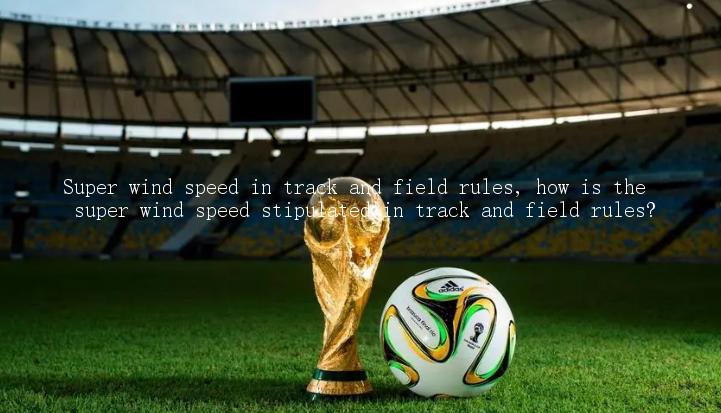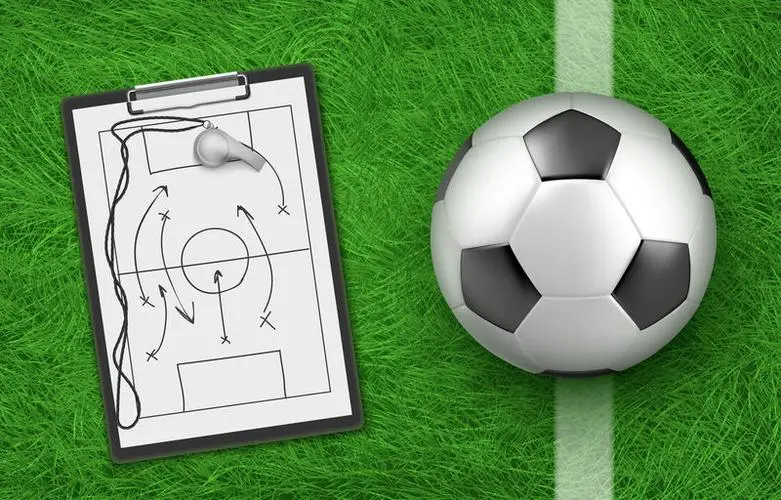Super wind speed in track and field rules, how is the super wind speed stipulated in track and field rules?

Super-wind speed in track and field competitions refers to the phenomenon that athletes 'leeward speed exceeds the prescribed limit when performing sprint, long jump, high jump and other events. In order to ensure the fairness of the competition and fair competition among athletes, the track and field rules have made clear provisions on excessive wind speeds.
According to track and field rules, the super wind speed limit for sprint events is 2.0 meters/second, and the super wind speed limit for long jump and high jump events is 2.0 meters/second (plus or minus 2.0 meters/second). This means that if an athlete's leeward speed exceeds the specified limit during the competition, the result will be declared as a super-wind speed result and will not be recognized as an official result.
In order to ensure the accuracy and fairness of excessive wind speeds, wind speed instruments are installed in track and field competitions. These instruments are usually installed in specific locations on the edge of a sports field and are able to accurately measure wind speed and direction. Before and during the competition, the referee will judge whether there is excessive wind speed based on the display results of the wind speed instrument. At the same time, in order to eliminate measurement errors, the rules stipulate a certain error range between the wind speed measurement results and the actual wind speed.
The restrictions on excessive wind speeds in track and field rules are mainly to protect athletes and the fairness of the competition. Leeward gives athletes a great advantage because it increases the athlete's speed and long jump/jump distance. If there is no limit on excessive wind speeds, results under leeward conditions cannot be fairly compared with results under other conditions.
In addition, the regulation of excessive wind speeds is also based on considerations for athlete safety. If the wind speed is too high, it may not only bring additional sports load and injury risks to the athletes, but may also lead to unforeseen situations during the competition and affect the normal conduct of the competition.
The track and field rules clearly define excessive wind speeds, including limit values and wind speed measurement requirements. These regulations can ensure the fairness and fairness of the competition and the safety of athletes. They also present challenges in setting new records, as only results achieved under the right wind speed conditions can be recognized as official results.
RELATED STORIES






LATEST NEWS







